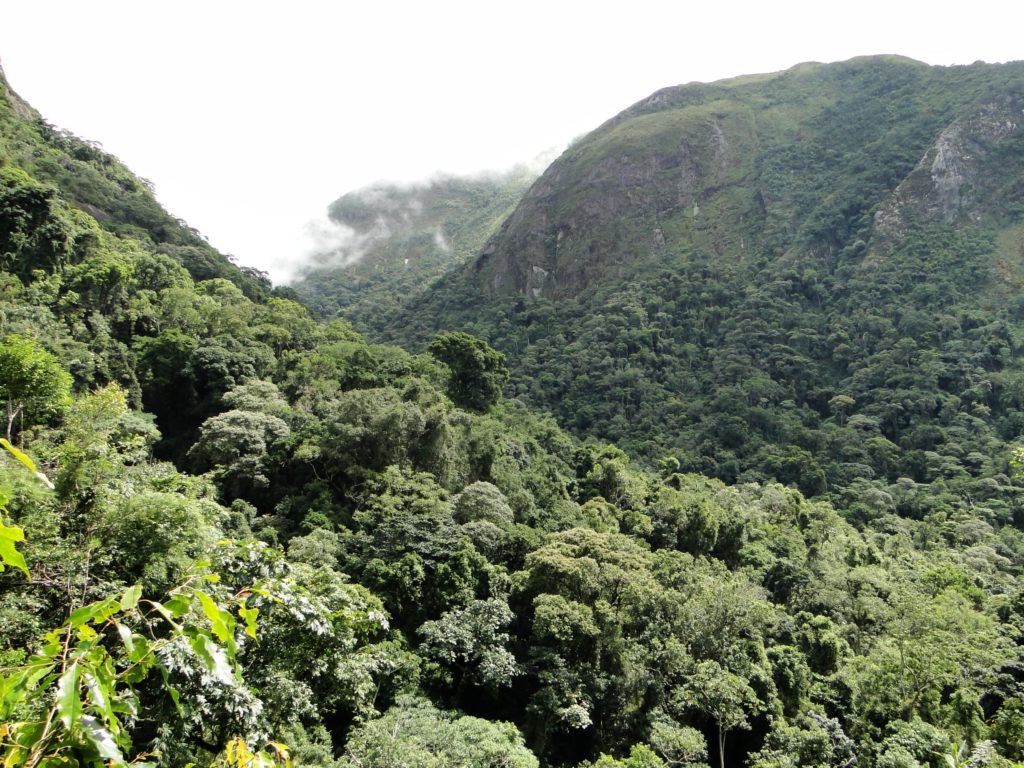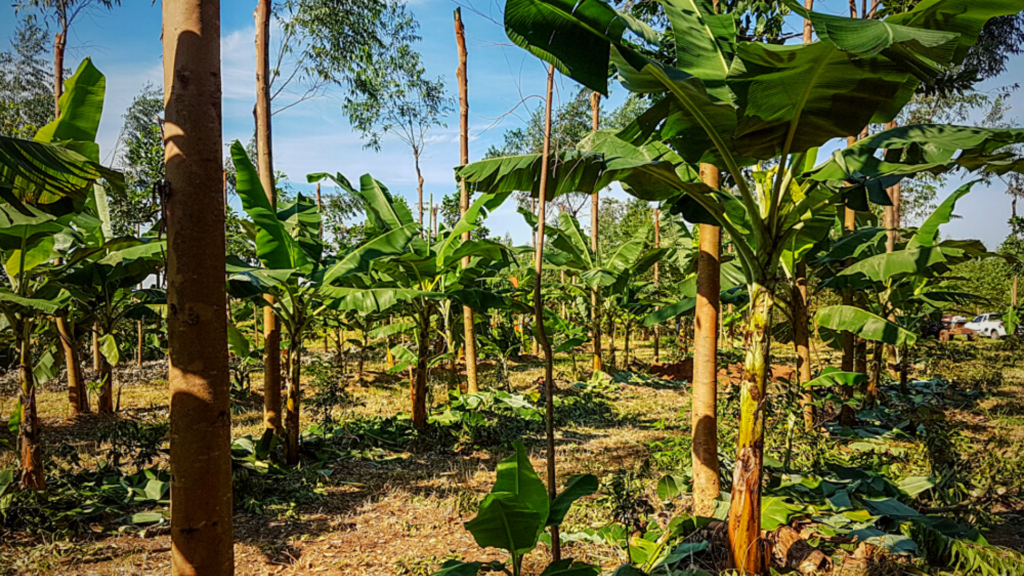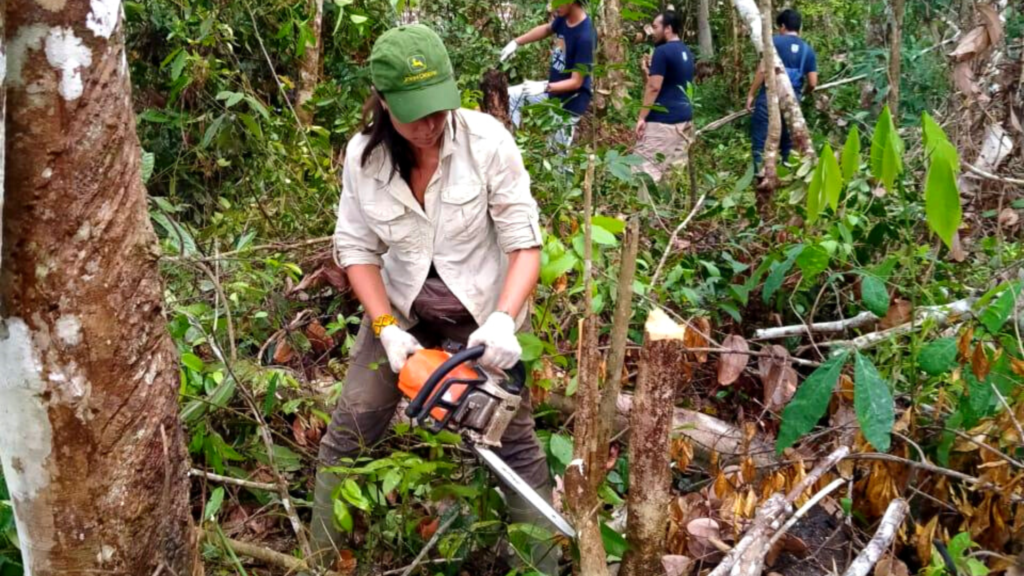Which fruit species (mainly native) do you recommend for planting in areas of 'hills', typical of the relief and climate of the Atlantic Forest? I am from the interior of the mountain region of RJ.
Question by Leandro Senhorinho Antunes sent by IG
Hi Leandro, very nice your question! When faced with the selection of species for an agroforestry project, we take into account many factors, such as the farmer's interest in the crop, existence or market potential, and of course, the crop's suitability for the climate and type of biome or vegetation formation of the landscape. .
There are still other aspects to be taken into account, depending on the initial context. in our project Timburi, which is also located in the Atlantic Forest, but in a climate and vegetation context very different from your region, in addition to the factors mentioned above, we also consider the availability of nurseries. For this project, as fruit trees, we included cashew, guava, araçá-do-campo (Guinea psidium) and the araçá-roxo (Psidium myrtoides), the last two being native.
For the region where you are, it would be interesting to use the forest as inspiration for the choice of species, observing species that naturally occur in the steepest areas and getting to know the local nurseries to understand the availability of seedlings. Remember that it is also important to think about how the generated product will be marketed, that is, whether in natura, in sweets or jellies. All these factors will influence the final decision, which will surely be successful.




 agroforestry taken seriously
agroforestry taken seriously 